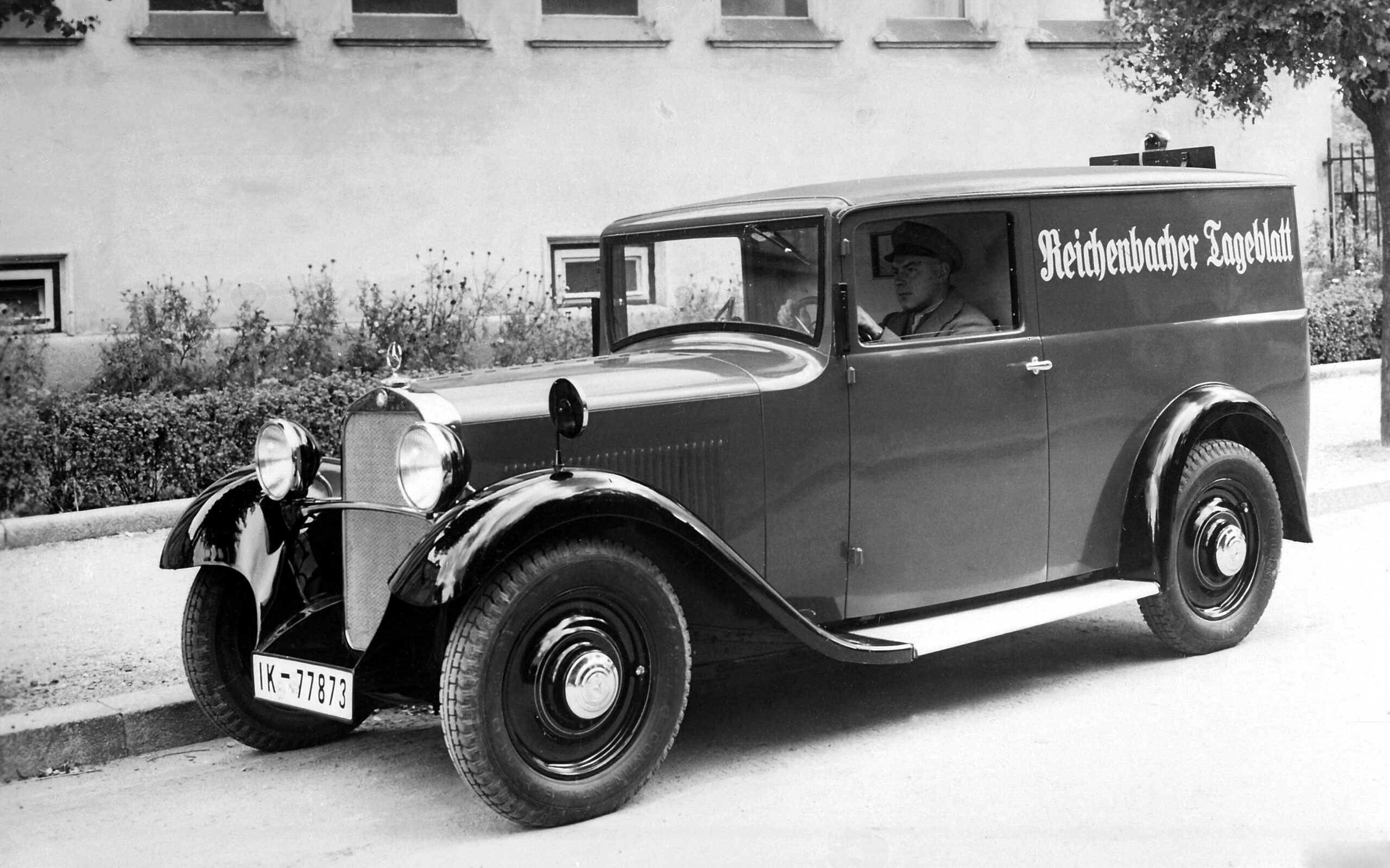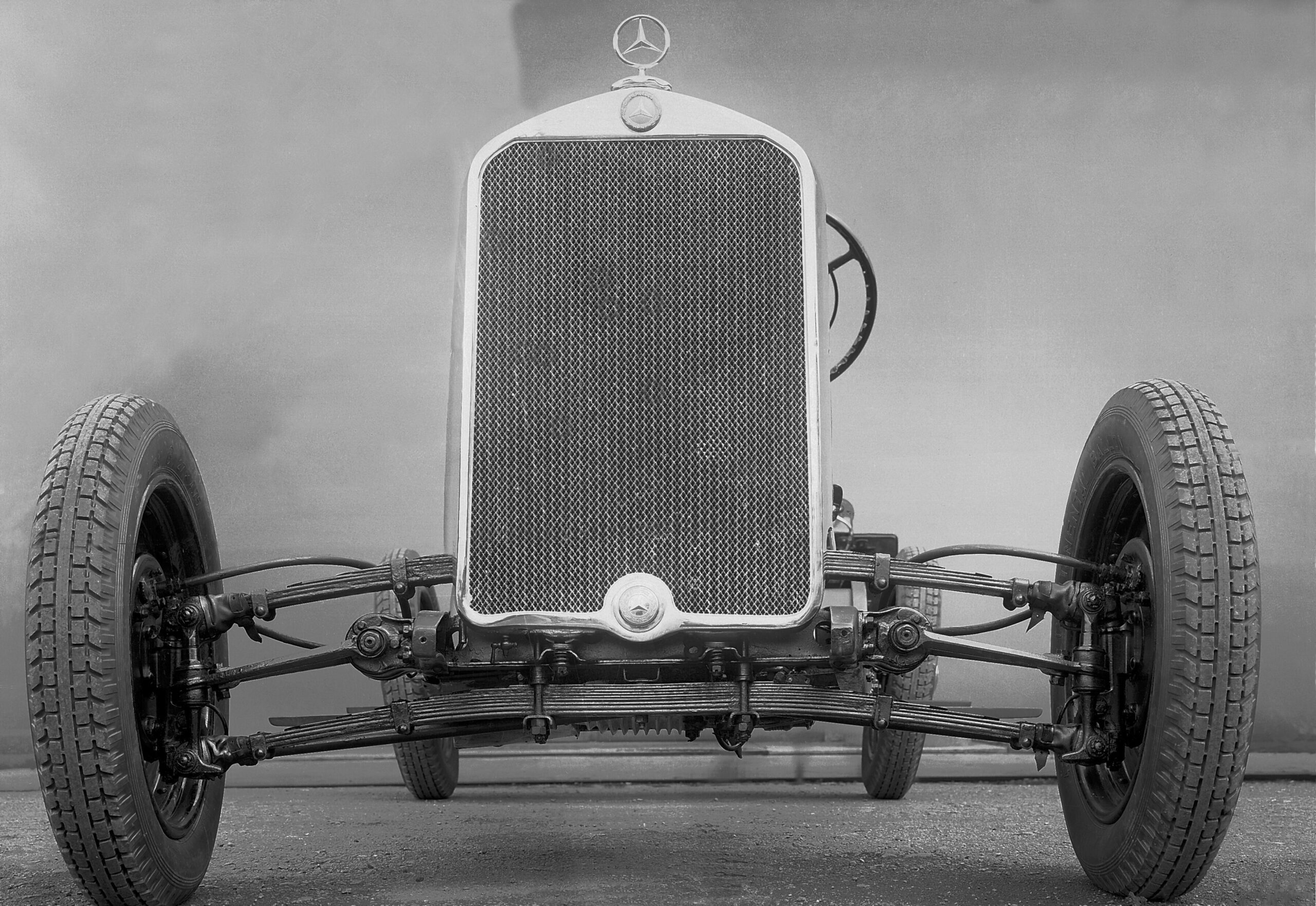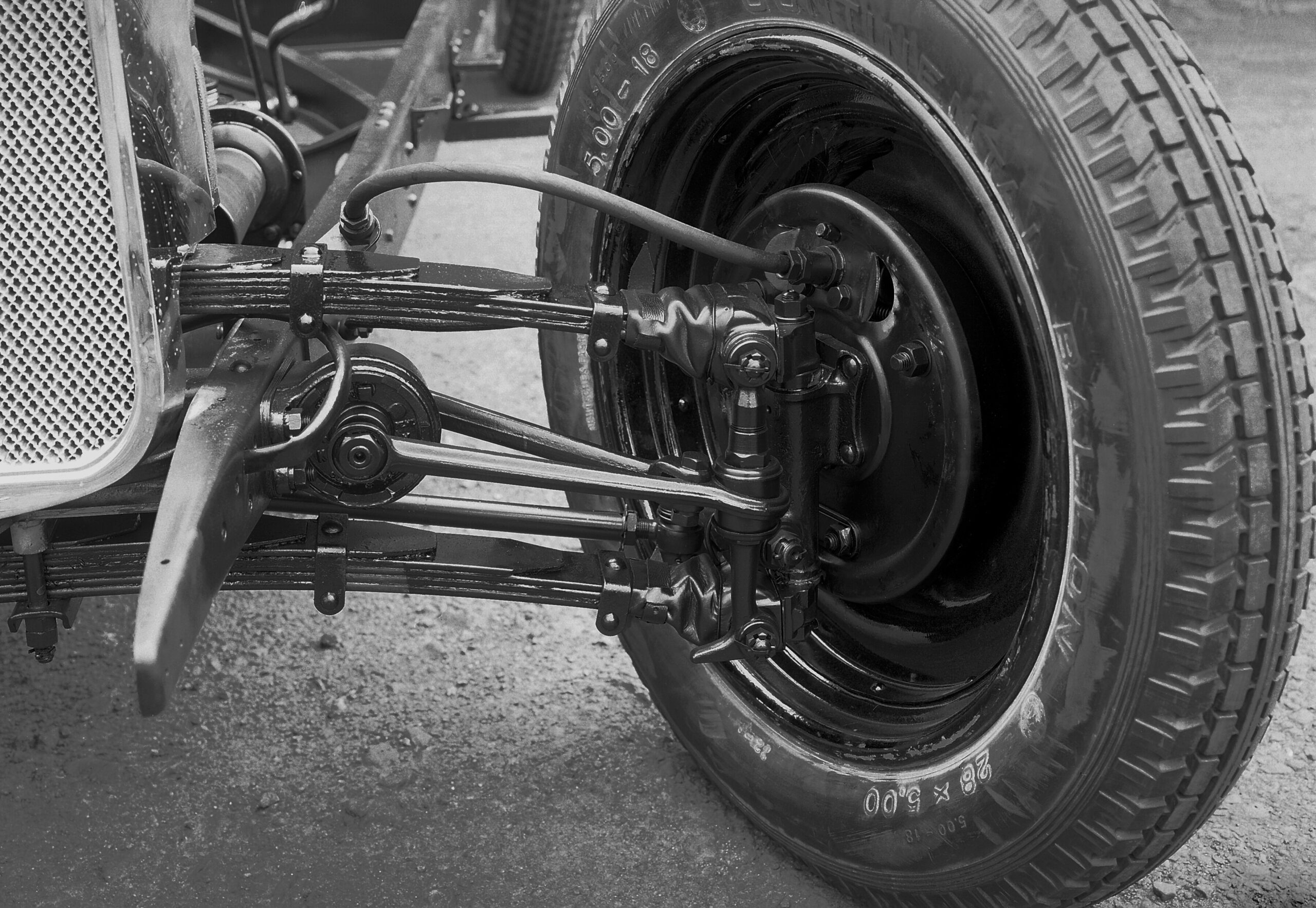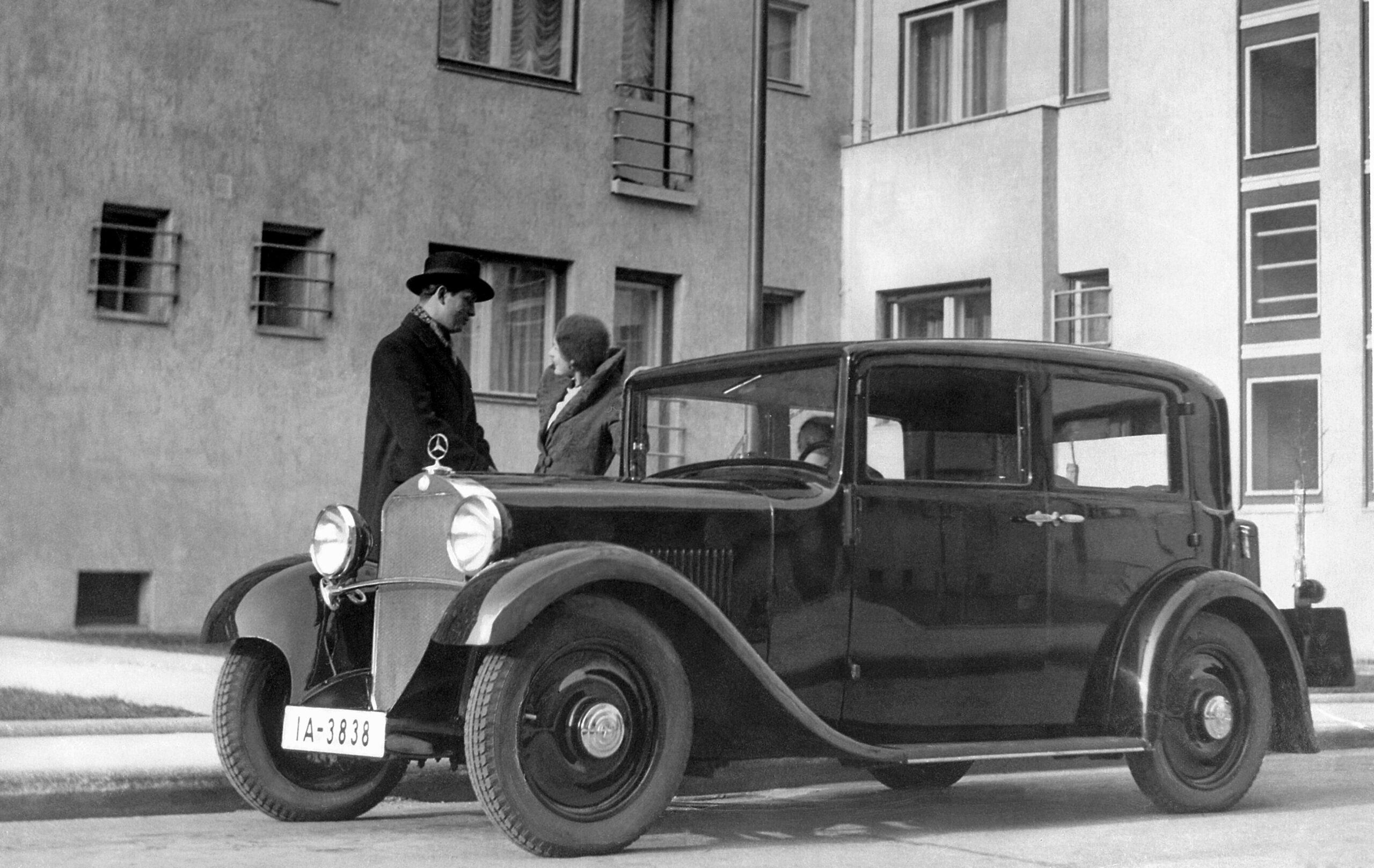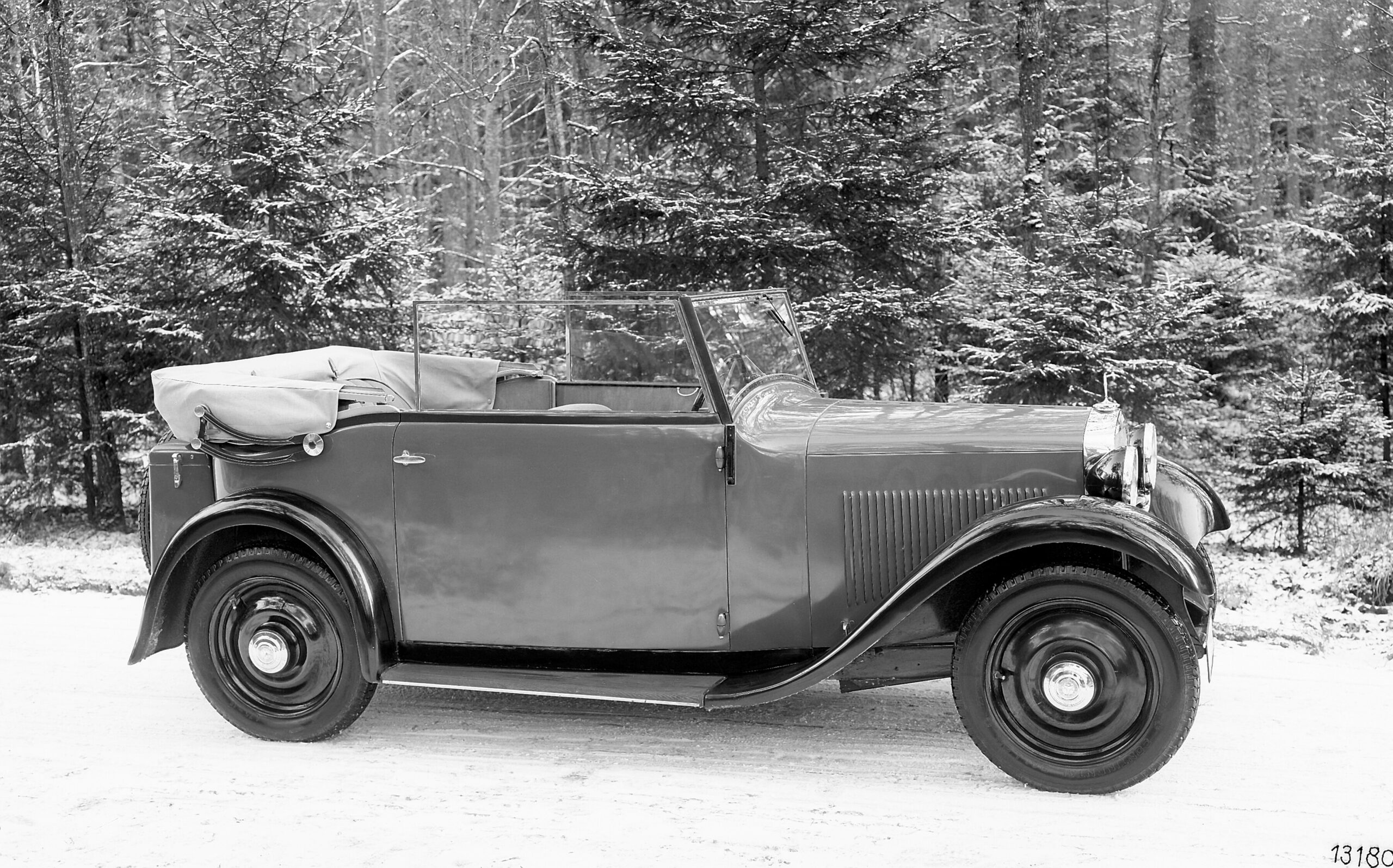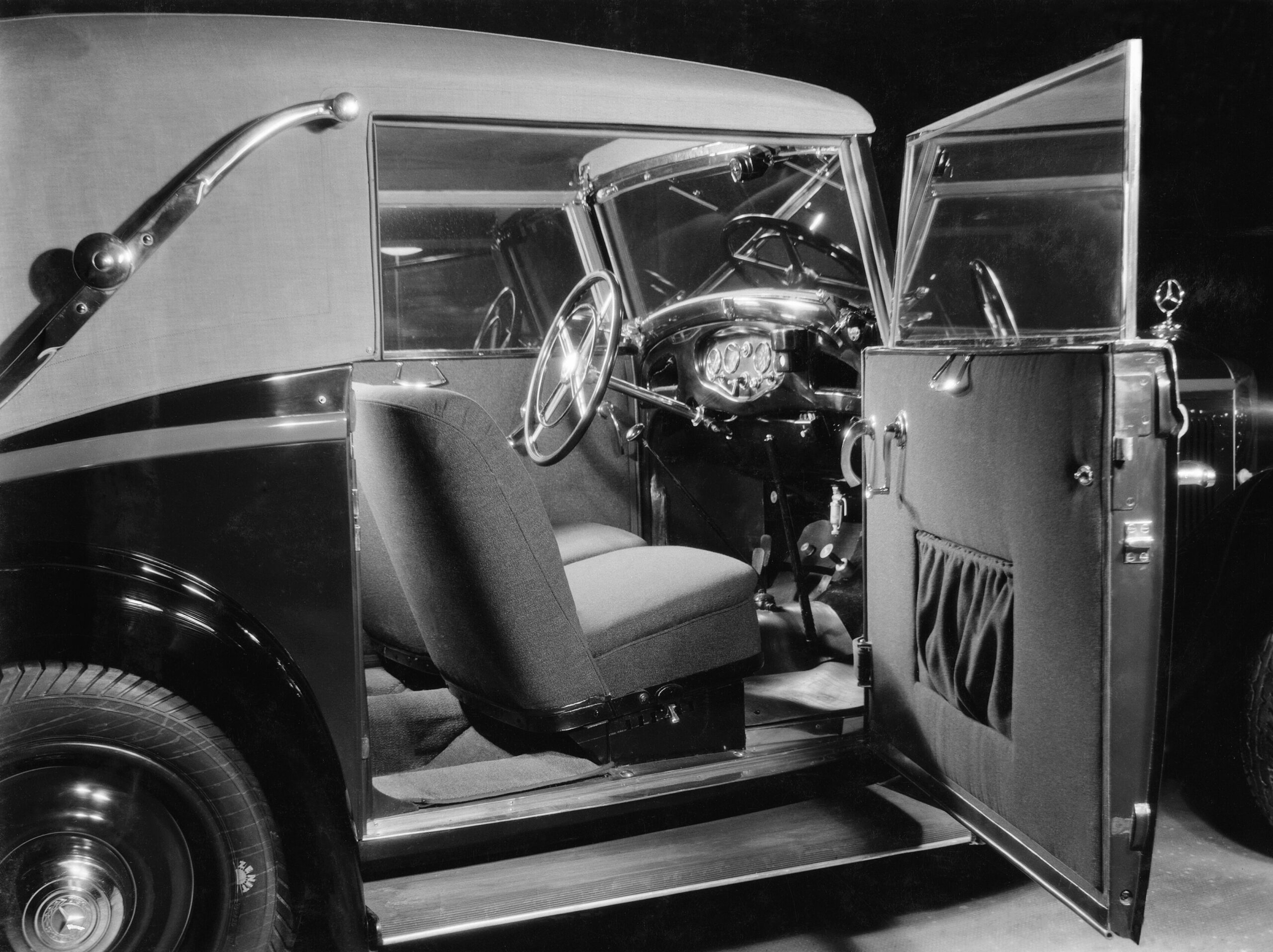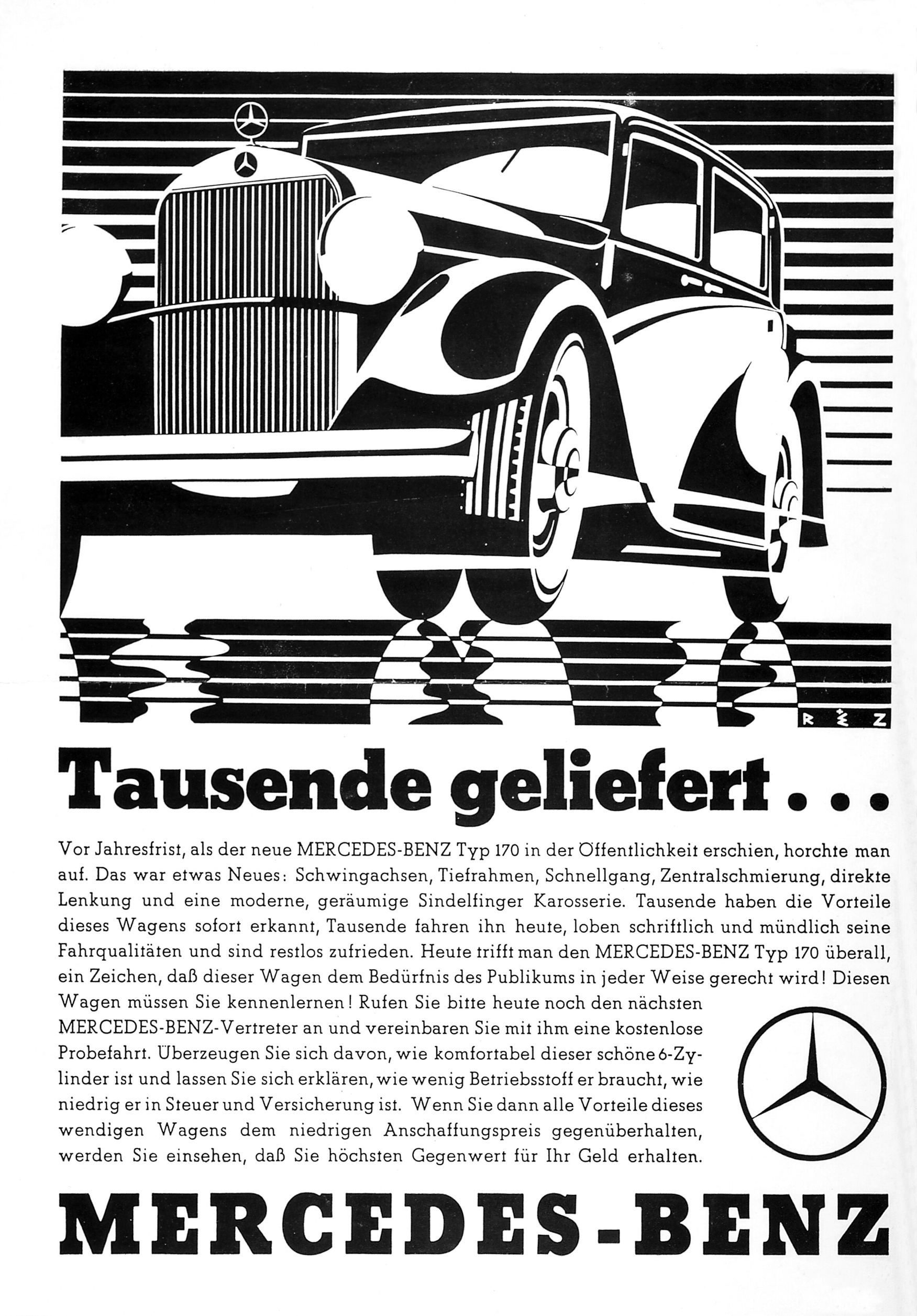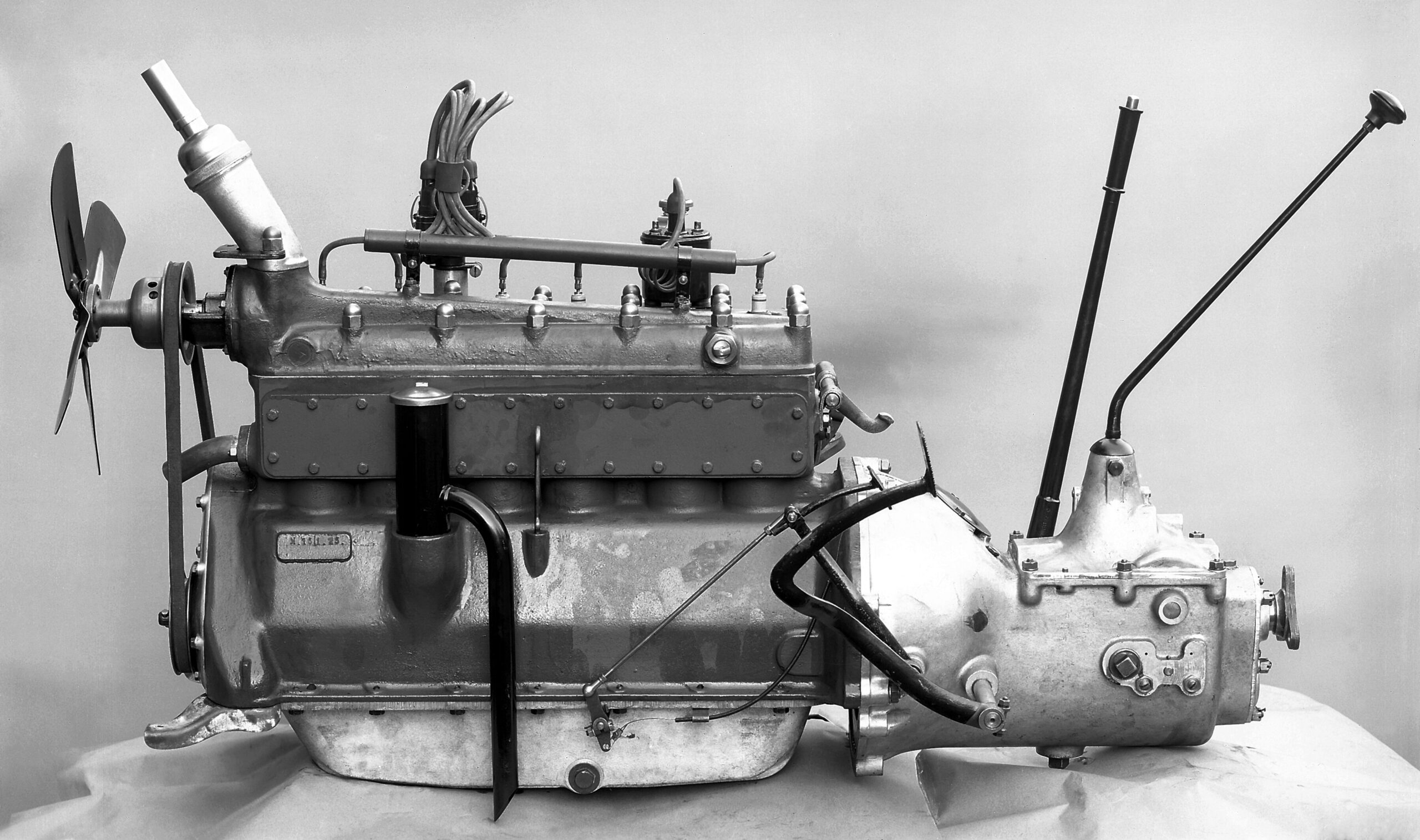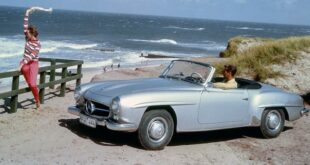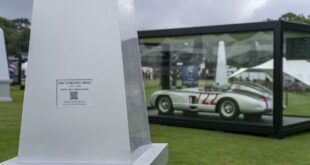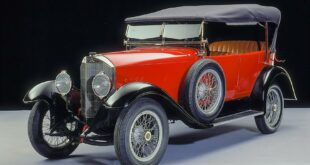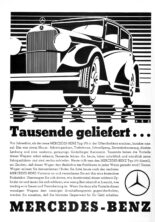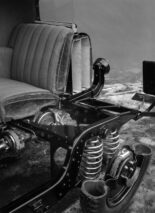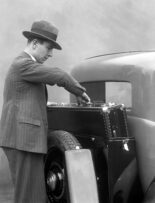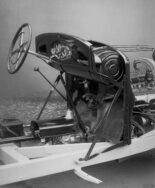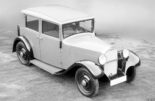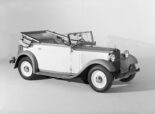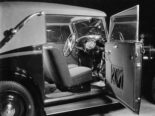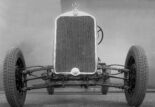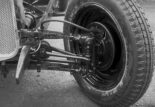A technically innovative, compact and inexpensive passenger car: Mercedes-Benz impressed experts and the general public at the Paris Motor Show from October 1 to 11, 1931, 90 years ago. The new Mercedes-Benz 170 (W 15) is the first passenger car in the world to be built in large series with independent wheel suspension and a pendulum axle. It belongs to the tradition of the Mercedes-Benz C-Class. The drive is provided by the M 15 in-line six-cylinder engine with a displacement of 1.692 cubic centimeters and 23,5 kW (32 hp).
Mercedes-Benz 170 (W 15)
The new type immediately developed into a successful model. In the first full year of production in 1932, the brand with the star sold a total of 4.438 copies of the Mercedes-Benz 170 - that is almost 75 percent of the total annual production of 5.996 passenger cars. Until 1934, the 170 remained the most frequently built passenger car by Mercedes-Benz. A total of 1936 vehicles with ten different body variants and chassis were built by 13.775, when the Mercedes-Benz 170 V (W 136) with a four-cylinder in-line engine replaced the W 15 series.
The long road to the Mercedes-Benz 170
The premiere of the new mid-range automobile takes place five years after the merger of Daimler-Motoren-Gesellschaft (DMG) with Benz & Cie. in 1926 at what was then Daimler-Benz AG. The time since the two companies joined forces in 1924 has brought with it some organizational challenges due to restructuring. The development of a compact passenger car of high technical quality with an attractive sales price is also affected. In view of the current product range, the need for such an automobile is great.
DMG has had the Mercedes 1923/6 HP (later 25/6/25 HP) compressor car designed by Paul Daimler since 40, but it is comparatively expensive and is only built until 1925. Benz & Cie. brings the Mercedes-Benz 10/35 PS, a revised version of the popular Benz 10/30 PS, to the joint passenger car range. However, the compact automobile turned out to be no longer competitive, and production ended in 1927. The Mercedes-Benz 1926/8 PS (W 38) with 02-liter six-cylinder engine, developed under the direction of Ferdinand Porsche and presented in 2 - one of the first two passenger cars under the new brand name Mercedes-Benz - is also a rather conservative construction with rigid axles and half springs.
Entry into the vehicle class under two liters
The development of a compact, innovative automobile at Mercedes-Benz picked up speed at the end of the 1920s. There have been starting points for this for a long time: after all, the engineers at Benz in Mannheim took up the subject of independent wheel suspensions with oscillating axles as early as 1921. Benz successfully used the technology in racing cars, but did not transfer it to series production. In 1926, Mercedes-Benz began work on a W 01 series passenger car, which was more compact than the Mercedes-Benz 8/38 hp and which was to be powered by a 1,4-liter six-cylinder engine. In 1928, the W 14 series was followed by a passenger car with a 1,3-liter four-cylinder engine (M 14). Both vehicles are conventional designs with front and rear rigid axles and leaf springs. They are rejected by the board of directors.
Starting in 1928 in particular, the Stuttgart brand emphatically pursued the idea of a compact, modern vehicle for the model range. In a minutes of the board of directors in mid-1928, for example, it was stated: “A good small car at the right price [would] be extremely useful for the sales program.” At that time, the company was discussing models with a displacement of 1,6 or 1,5 liters. In October 1928, the board of directors decided that the 1,6-liter model would not be built for the time being, but that the tests with the vehicle would be continued.
The project appears again and again in the company's protocols: In June 1929, the engineers were working on the high-speed gearbox and the swing axle. There is a note from May 1930 that the “Schwingachwagen” will be made ready for series production. At the end of June 1930, Wilhelm Kissel, Chairman of the Board of Management of Daimler-Benz AG from 1926 to 1942, wrote about the importance of the later Mercedes-Benz 170: “Since the question of front-wheel drive and the swing axle had been an issue for the entire automotive industry for years, it could not be justified The final decision was made to produce the new type of passenger car with a wheelbase of 2.600 millimeters, a gross vehicle weight of 1.455 kilograms and a top speed of 90 km / h, which was respectable for the time, of 1 km / h.
Praise from the professional world
The Mercedes-Benz 170 impressed from the start with its qualities in terms of suspension comfort, road holding (independent suspension) and driving safety (hydraulic brakes and low center of gravity). That was by no means a matter of course in this market segment at the time. And so the W 15 was enthusiastically received in the market despite its price, which was not cheap at 4.400 Reichsmarks. Looking back on 1932, CEO Kissel states: “We were the only company that was able to sell 1931 more cars this year than in the previous year, 1,7, thanks to our 1.700 liter type. [...] We were saved thanks to the excellent quality of the swing axle wagon and thanks to the quality of the diesel engine. "
The 3.940 millimeter long (with bumpers, it comes just over the four-meter mark) Mercedes-Benz 170 is rated positively not only by customers, but also by specialist journalists. As early as October 1931, the "Automobil Revue" sums up: "In the vast majority of cases, the judgment of the expert or expertly advised buyer [will] always be in favor of the 'little Mercedes'."
In the “ADAC Motorwelt” issue 40/41 of October 8, 1931, it says about the compact passenger car: “It can be described as one of the most progressive utility cars of the present and deserves the often wrongly given title of 'top performance in international automotive engineering'. And rightly so. ”And further:“ There are probably few cars in which the chassis and body are designed to match each other as in the Mercedes-Benz type 170. ”
“Motor und Sport” finally writes in volume 9/1932: “When assessing the driving characteristics, it is difficult not to fall into superlatives. In particular, the suspension can be described as previously unmatched. Vibrations as such can hardly be felt any more. [...] The road holding is very good, and thanks to the low center of gravity, a brisk driving style is not accompanied by any risk. "
Of course, that wasn't the end of it. Our tuning magazine has tens of thousands of other tuning reports in stock. Do you want to see them all? Just click HERE and look around. Or are you especially interested in our Tuning classics category? Then the following extract of tuned young and old timers is sure to be just the thing to browse.
|
Special exhibition "Fascination SL - a dream car for 70 years" |
Mercedes-Benz 170 (W 15): Premiere in October 1931 at the Paris Motor Show
Photo credit: Mercedes-Benz
tuningblog.eu - on the subject of cars, motorcycles, bikes / ATV / scooters & Co., and of course our passion, the Tuning, we keep you up to date and report daily on cool vehicles from all over the world. It's best to subscribe to ours Feed and you will be automatically informed as soon as there is a new post.
 tuningblog.eu Your magazine about tuning the car
tuningblog.eu Your magazine about tuning the car
